Renovating your home can be an exciting and rewarding experience, but it's important to remember that success starts with a solid plan and with some planning and preparation, you can ensure your renovation design succeeds.
In this article, we will share ten tips for successful home renovation design to help you create a design plan that meets your needs and exceeds your expectations.
Tip 1: Define Your Renovation Goals

To define your renovation goals, start by considering your reasons for renovating. Do you want to create more space, update your home's aesthetic, or improve its functionality? Once you understand your motivations clearly, you can begin to prioritise your goals and focus on the aspects of your renovation that matter most to you.
It's also important to consider your long-term goals for your home. Are you planning to sell your home, or do you plan to stay in it for the long haul? If you plan to sell, you'll want to focus on renovations that increase your home's value and appeal to potential buyers. If you plan to stay home, you may focus more on creating a space that meets your needs and preferences.
Tip 2: Set a Realistic Budget

One of the most critical aspects of successful home renovation design is setting a realistic budget. Without a budget, your renovation project can quickly spiral out of control, leaving you with unfinished work and mounting expenses.
To set a realistic budget, it's essential to consider all of the costs associated with your renovation design plan. This includes the cost of materials and labour and any additional expenses, such as permits and fees. It's also important to prioritise your expenses and determine which aspects of your renovation design plan are essential and which are not. By focusing on your most critical renovation goals, you can ensure that your budget is allocated to the areas that matter most to you.
Tip 3: Prioritise Your Needs and Wants
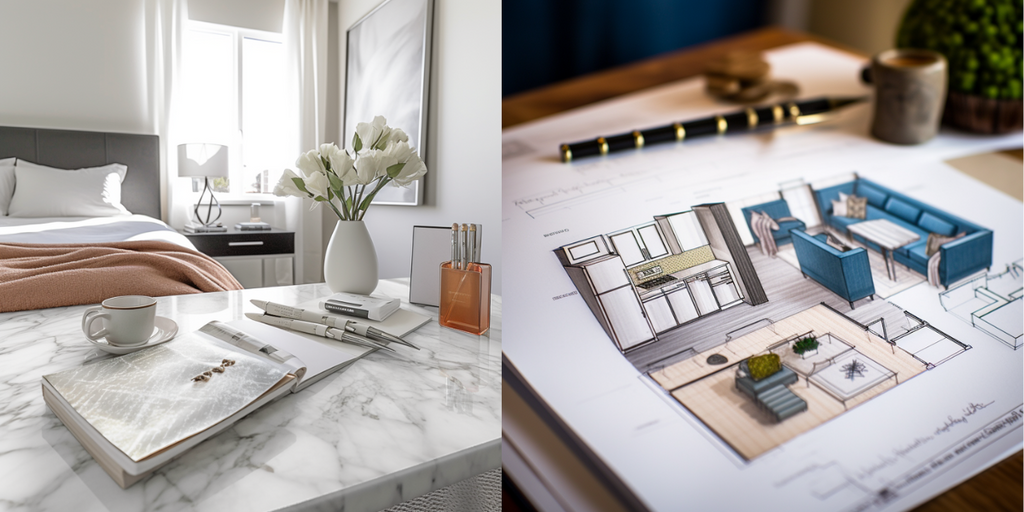
It can be easy to get carried away with grand plans and expensive upgrades, but it's essential to focus on the aspects of your renovation design plan that are most important to you.
To prioritise your needs and wants, list all the renovations you'd like to make. Then, take a step back and consider which renovations are essential and which are not. For example, if you have a growing family, adding extra bedrooms or a larger living space may be a priority, whereas updating your kitchen may be a secondary concern.
It's also important to consider the long-term benefits of each renovation. While some upgrades may seem appealing in the short term, they may add little value to your home or improve your quality of life in the long run. By prioritising the renovations that offer the most long-term benefits, you can ensure that your design plan is functional and financially responsible.
Tip 4: Research Design Trends and Inspiration

Researching design trends and inspiration is an important step in successful home renovation design because it helps you stay up-to-date with the latest design trends and provides inspiration and ideas for your renovation project.
When researching design trends and inspiration, it's important to consider your style and preferences. While it can be tempting to follow the latest trends, choosing a design that reflects your unique personality and tastes is important. There are many ways to research design trends and inspiration. One way is to browse home design magazines and websites like Houzz and Pinterest. These platforms offer a wide range of design ideas and inspiration and can help you visualise how different design elements can be incorporated into your renovation project.
Tip 5: Hire a Professional Designer or Architect
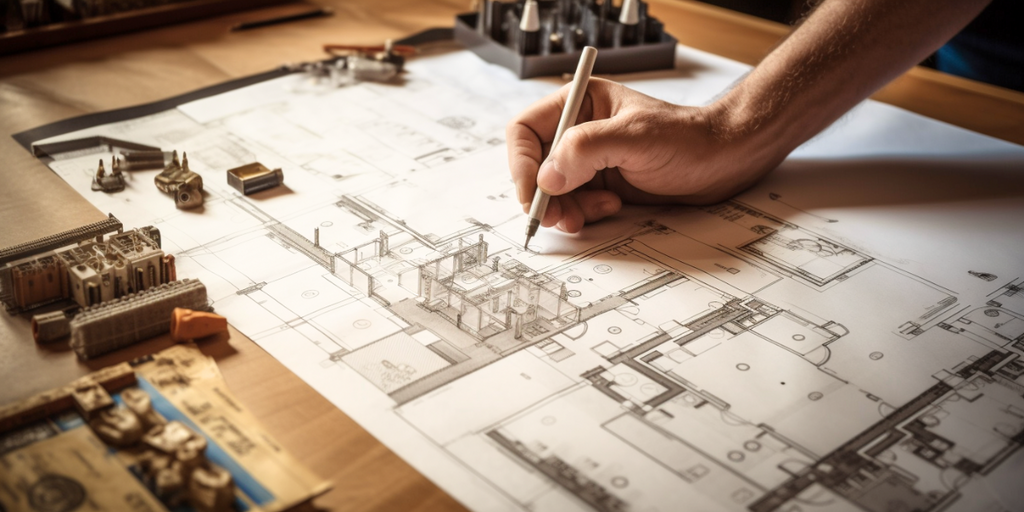
Hiring a professional designer or architect is critical to successful home renovation design. While tackling your renovation project independently may be tempting, a professional designer or architect can provide valuable expertise and guidance throughout the design process.
Professional designers and architects are trained to assess your renovation goals and provide creative and practical solutions. They can help you navigate complex design issues, such as structural changes and building codes, and ensure your renovation project is functional and aesthetically pleasing.
When choosing a professional designer or architect, it's essential to consider their experience, qualifications, and portfolio. Look for designers or architects with experience working on projects similar to yours and a track record of delivering high-quality results.
Tip 6: Create a Detailed Renovation Plan

With a clear and comprehensive plan, your renovation project can quickly become disorganised, chaotic, and potentially costly.
To create a detailed renovation plan:
- Start by outlining your renovation goals and prioritising your needs and wants.
- Consider the scope of your renovation project, including any structural changes or building code requirements, and create a timeline for completion.
- Break down your renovation project into smaller, more manageable tasks.
This can help you stay organised and focused and stay on track throughout the renovation process. Be sure to include tasks such as budgeting, selecting materials and finishes, and hiring contractors or other professionals as needed. And remember, a detailed renovation plan can help you stay within budget and avoid costly mistakes.
Tip 7: Consider the Functionality of Your Space
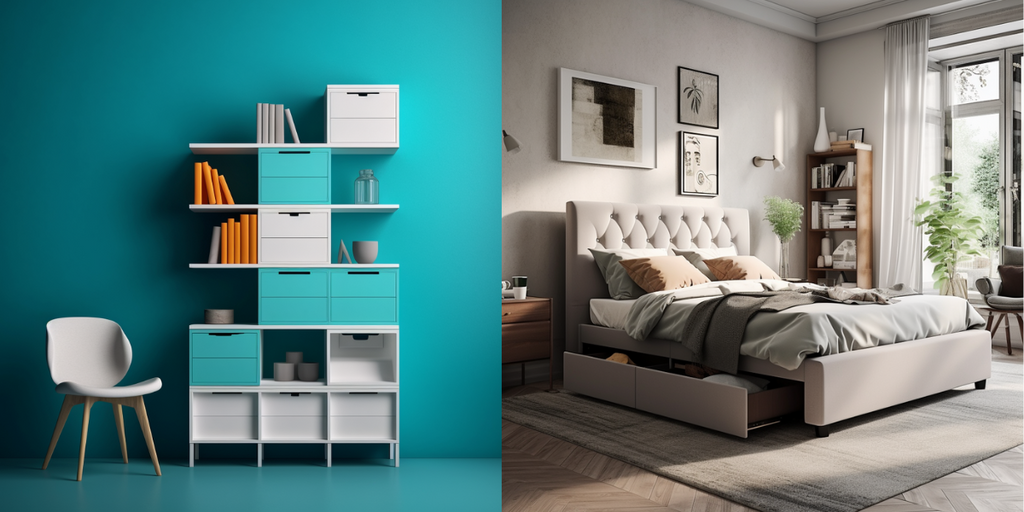
While aesthetics are important, a beautiful space that functions poorly can be frustrating and impractical. Assess how you use your space to ensure your renovation project is beautiful and functional. Consider your daily routines, hobbies, and lifestyle, and consider how your space can be designed to accommodate your needs better. For example, if you have a growing family, consider adding additional storage or creating more living space. If you enjoy cooking and entertaining, create a functional and stylish kitchen that accommodates your guests.
Finally, remember to consider the future when designing for functionality. Think about how your needs may change over time and how your space can be designed to accommodate these changes. This can help you create a functional and adaptable space that will serve you well for years.
Tip 8: Don't Forget About Lighting and Colour
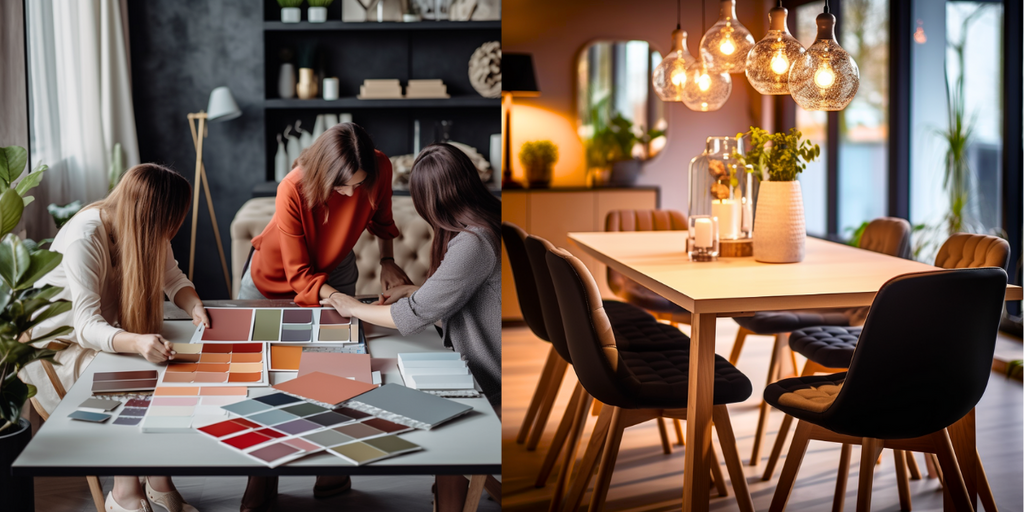
The proper lighting and colour choices can enhance the look and feel of your space, while poor choices can make your space feel dull, uninviting, or even unlivable. When it comes to lighting, consider the different types of lighting that can be used in your space. This may include task lighting for specific areas, such as the kitchen or home office, ambient lighting for general illumination, and accent lighting to highlight specific features or artwork.
Additionally, think about the colour scheme you want to use in your space, so consider factors such as the size and layout of your room, the amount of natural light available, and the mood or atmosphere you want to create. Consider current design trends and colour schemes to help inspire your choices.
Tip 9: Incorporate Sustainable Design Principles
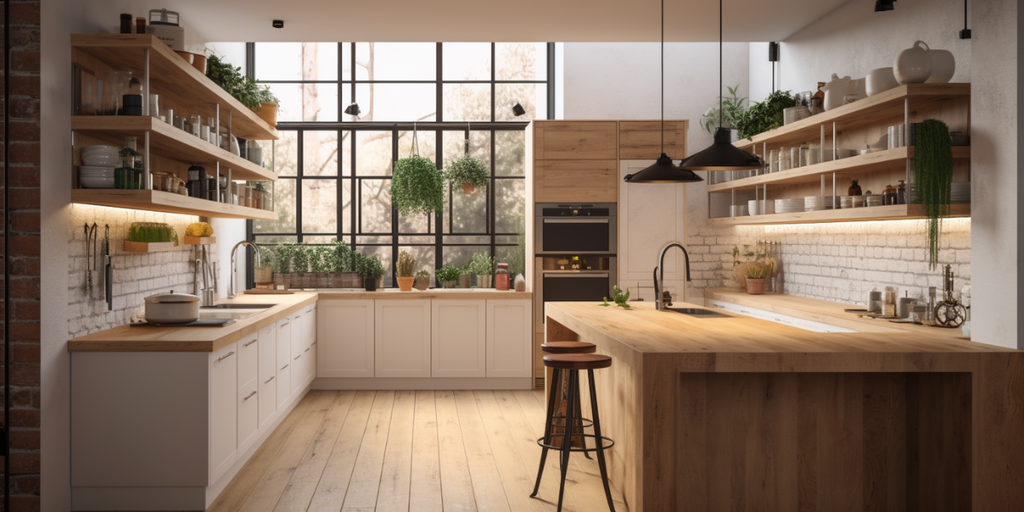
Incorporating sustainable design principles into your home renovation project can benefit the environment and help you save money on utility bills, and reduce your overall carbon footprint. Several sustainable design principles can be incorporated into your renovation project, from using energy-efficient lighting and appliances to choosing eco-friendly building materials.
A straightforward way to incorporate sustainable design principles is to focus on energy efficiency. This may include installing energy-efficient windows and doors, adding insulation to walls and ceilings, and using high-efficiency heating and cooling systems. By reducing your energy consumption, you can save money on your utility bills and reduce your environmental impact.
Tip 10: Communicate Effectively with Your Contractor

Effective communication with your contractor is crucial to the success of your home renovation project because misunderstandings and mistakes can occur, leading to delays, added expenses, and a finished project that does not meet your expectations.
One important aspect of effective communication with your contractor is setting clear expectations. This may include outlining your project goals, budget, and timeline and discussing any specific needs or concerns you may have. Additionally, be sure to ask questions and seek clarification when necessary. If you need help understanding something, feel free to ask for clarification. Your contractor should be willing to explain the project details to you in a way you can understand.
By setting clear expectations, asking questions, scheduling regular check-ins, and being open and honest throughout the project, you can ensure that your finished project meets your goals and exceeds your expectations.
Achieve Your Dream Home Transformation
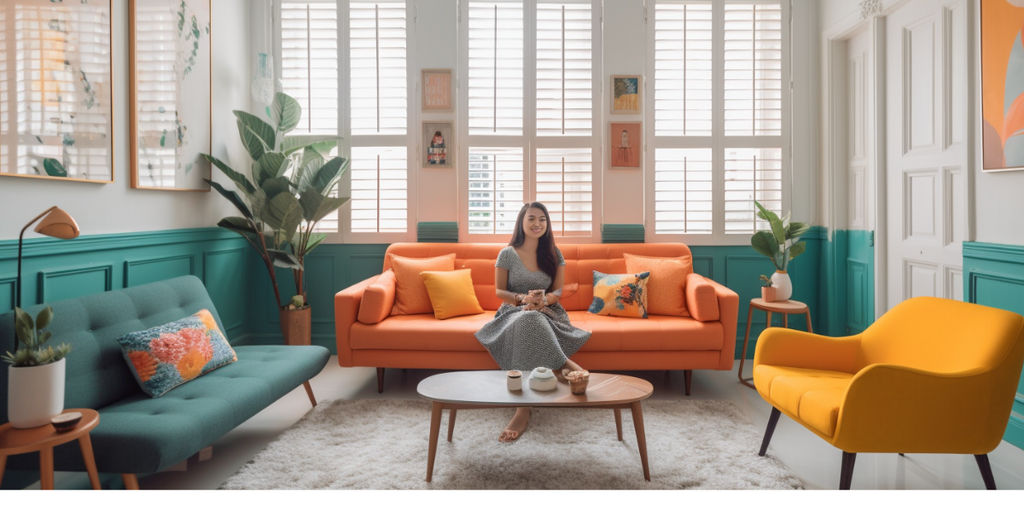
In conclusion, a successful home renovation design requires careful planning, attention to detail, and a clear vision. These ten tips can significantly increase your chances of achieving a successful renovation project, help you make informed decisions, and prevent overspending. Additionally, thorough research and inspiration gathering will assist you in creating a cohesive design concept that aligns with your style and preferences. Consider all these with the flexibility and patience that will go a long way in successfully navigating these hurdles and ultimately achieving your dream home transformation.



